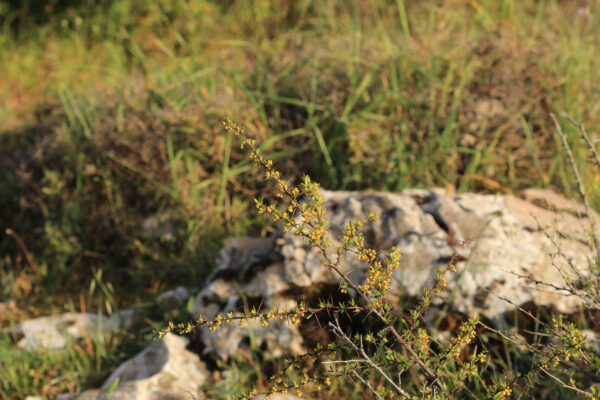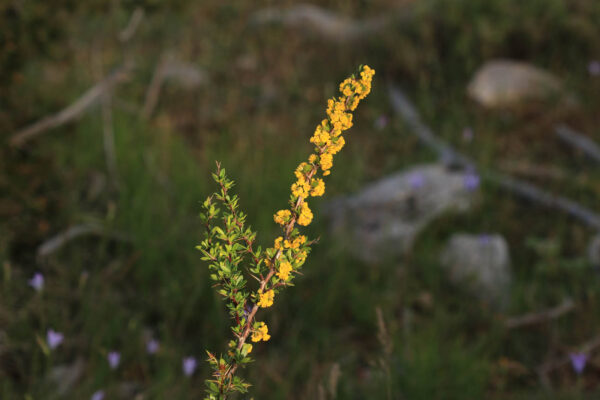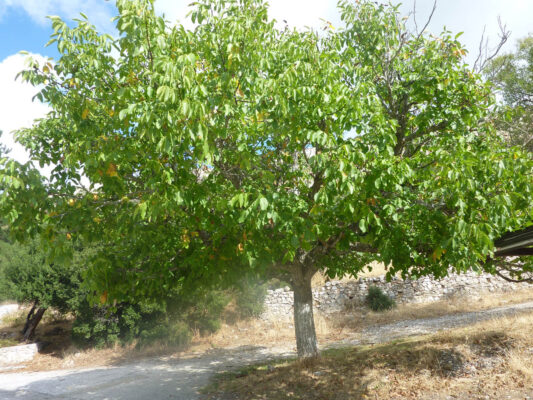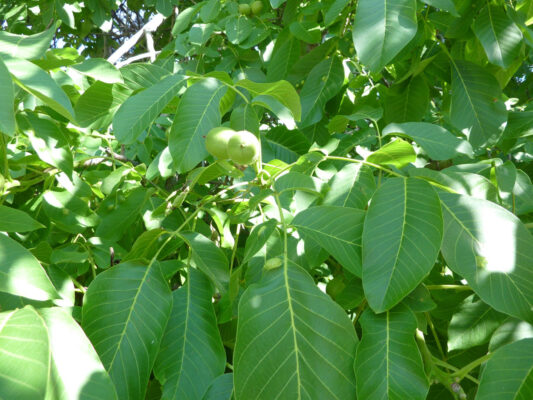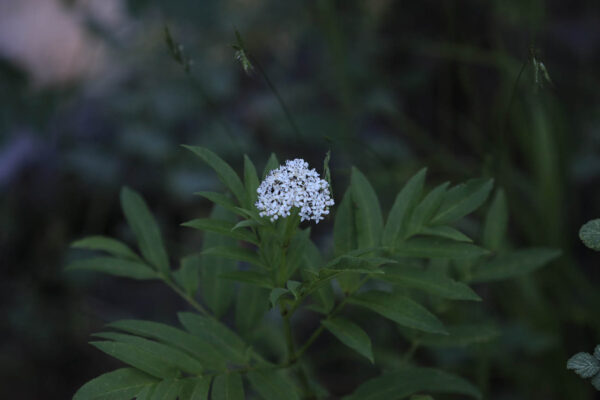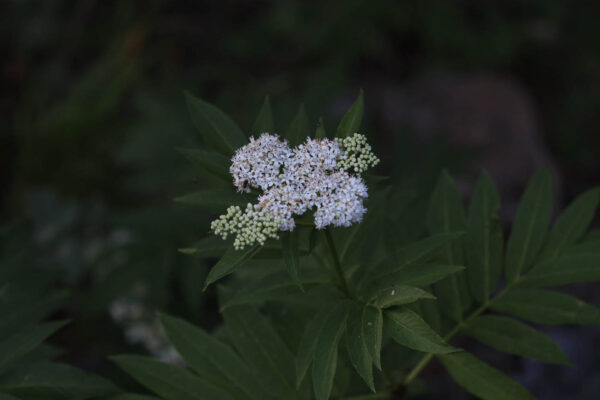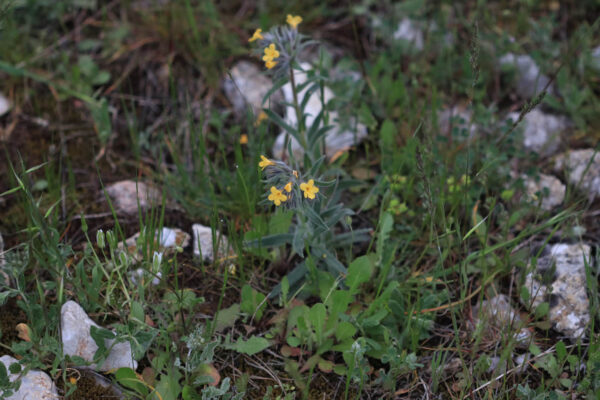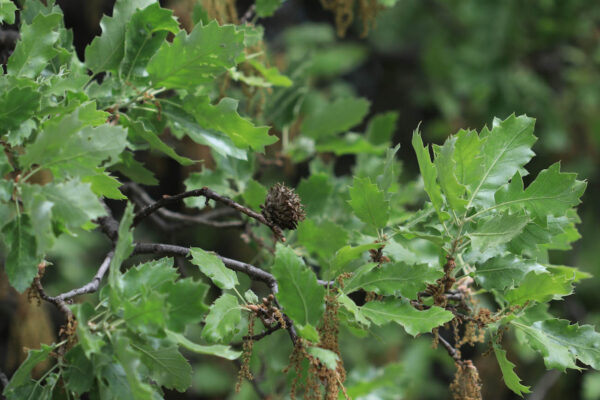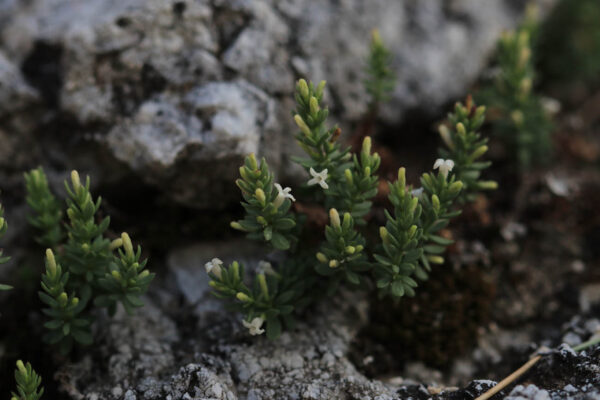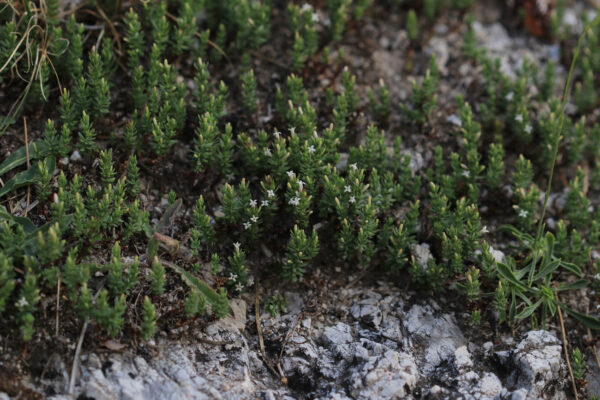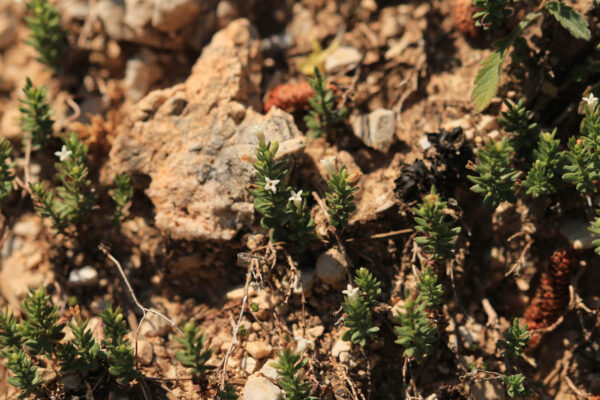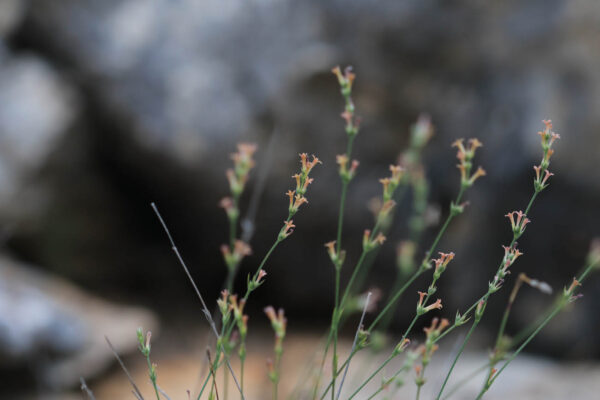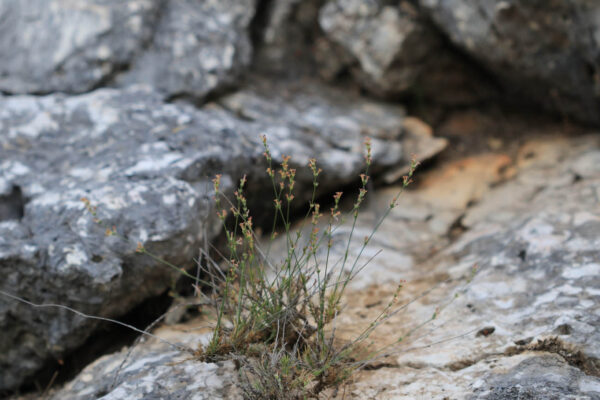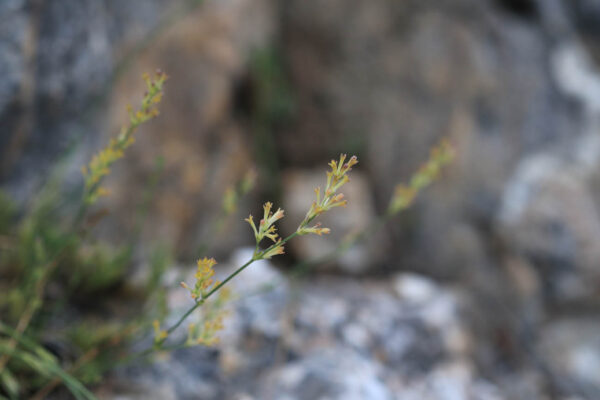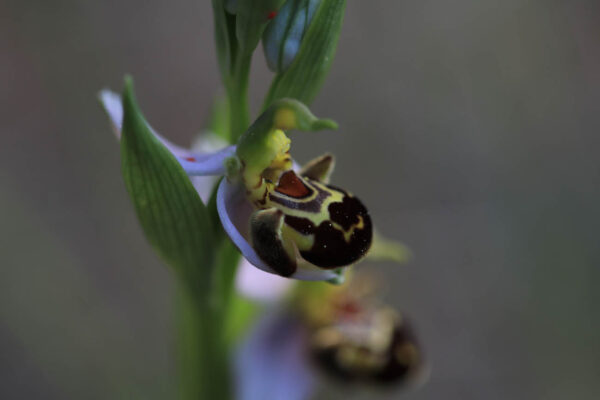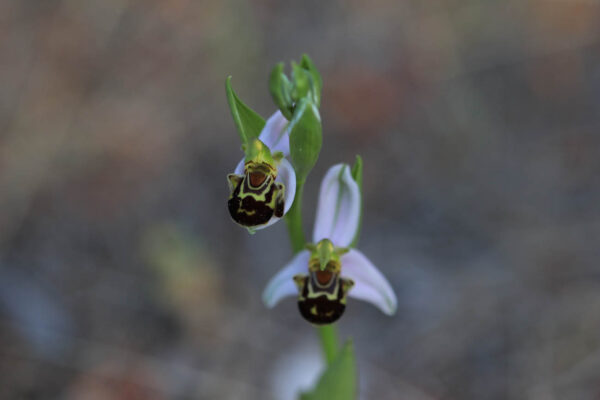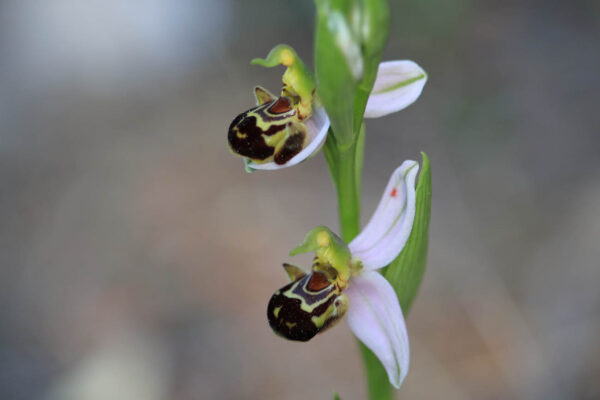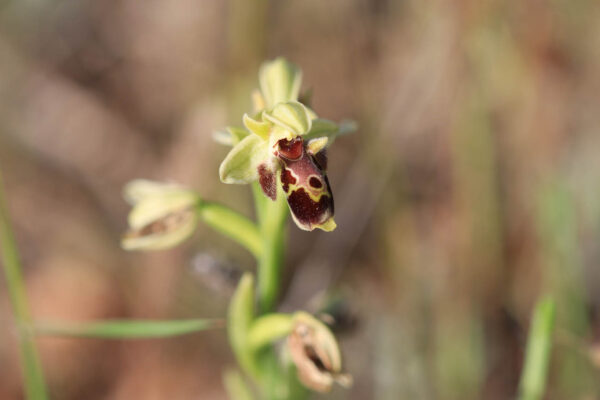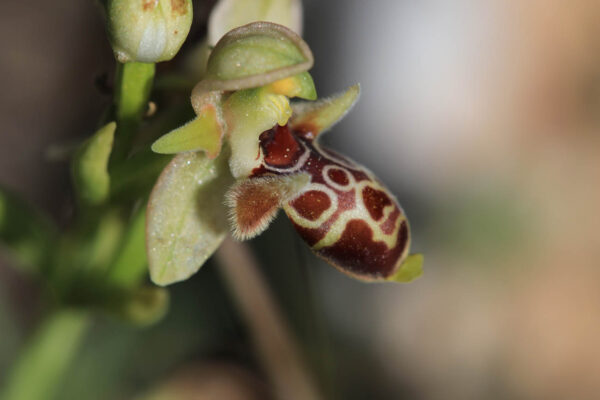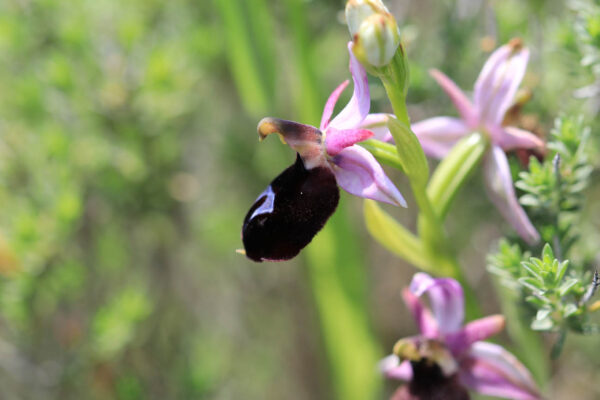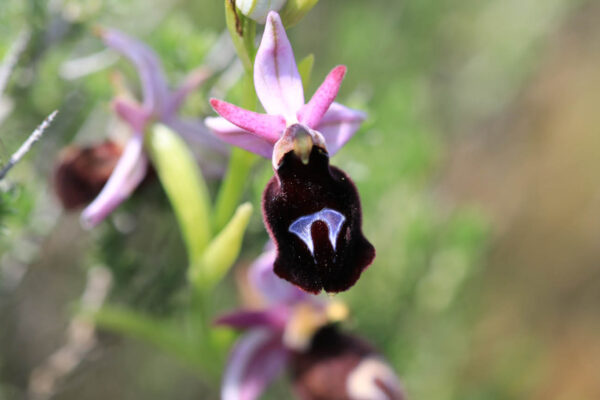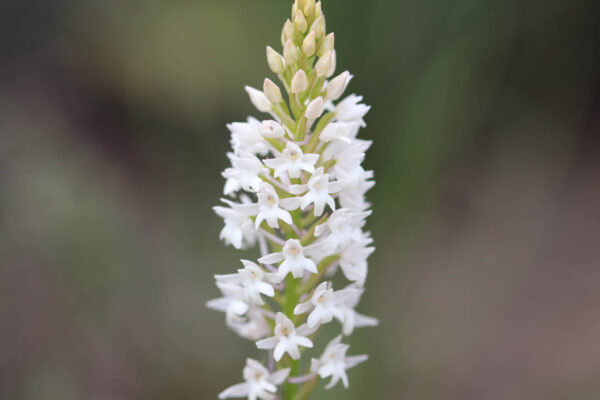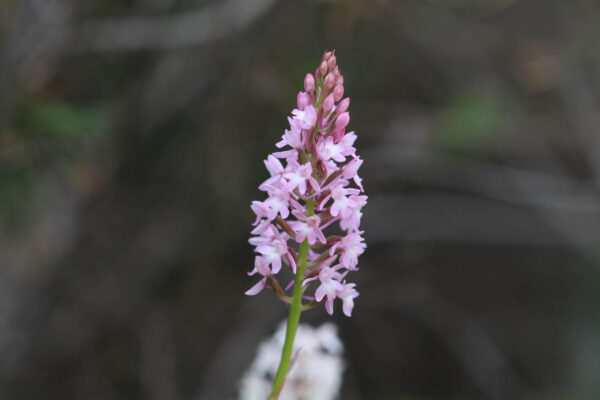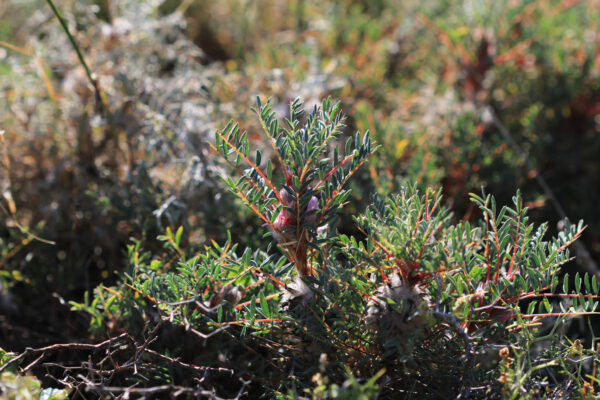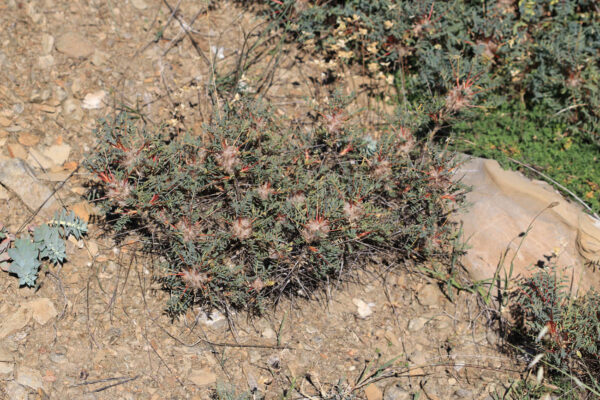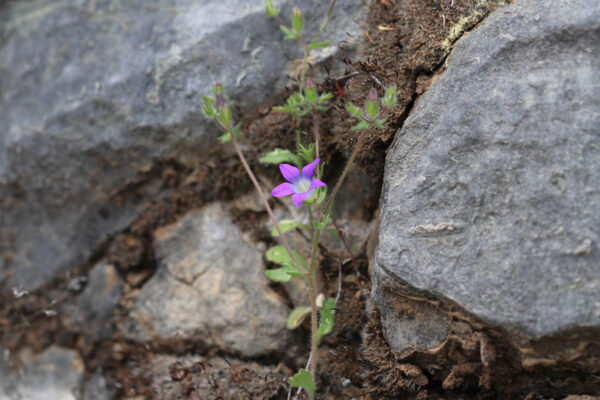FLORA
The flora of Parnitha has been studied by several researchers in the past. The most important studies were performed by Halácsy (1900-1904, 1908a, 1908b), Strid (1986) and Strid & Tan (1991, 1997, 2002). Also, Diapoulis (1958) and Sarlis (1994), published floral catalogs, in which are listed the names of the plant taxa that spread in Parnitha.
According to the most recent flora study (Aplada et al., 2007), there are 1,096 indigenous plant taxa in Parnitha, belonging to 456 genera and 90 families. The richest flora families are Compositae, Leguminosae and Graminae, while the families Caryophyllaceae, Cruciferae and Liliaceae are well represented. The living spectrum of the flora of Parnitha is dominated by therophytes (37.6%), followed by the semi-cryptophytes (28.1%), the geophytes (14.9%), the hemaphys (10.9%), the fanophytes (8, 4%) and, finally, the hydrophytes (0.1%). The spatial range is dominated by Mediterranean taxa (63.6%), while the proportion of Eurasian taxa (7.8%) and old temperate taxa (7.8%) is also important.
The Greek endemic taxa that occur (and) in Parnitha are of the greatest interest, as they are the ones that must be protected as a matter of priority. In total, the presence of 92 Greek endemic taxa has been recorded. It is pointed out that 70 Greek endemic taxa have been identified in the former core of the Parnitha National Park. Two taxa, the Campanula celsii subsp. parnesia and Silene oligantha subsp. parnesia are exclusively endemic to Parnitha (Aplada et al., 2007).
However, apart from the Greek endemic taxa, in Parnitha the presence of 25 other plant taxa has been reported, which are protected by the CITES Convention for the International Trade in Endangered Species of Wild Fauna and Natural Flora.
Below are data on the Greek and Balkan endemic plant taxa of the Parnitha National Park (Aplada and Amorgianiotis, 2005). Contains the updated list of species of the total flora of the Parnitha National Park from the study of Andriopoulos & Arianoutsos (2007), as collected from various bibliographic sources. In the following floral list, families, genera and species are listed in alphabetical order. List the taxa that are protected by the CITES treaty and the summary evaluation table of taxa is given. The nomenclature of plant taxa follows in order of priority Strid & Tan (1997, 2002), Greuter et al. (1984-1989) and Tutin et al. (1964-1980, 1993).
Forest
Berberis cretica (photography: Falieras Dimitris)
Juglans regia (photography: Botaki Georgia)
Sambucus ebulusa
Endemic
Alkana graeca (photography: Falieras Dimitris)
Asperula baenitzii (photography: Falieras Dimitris)
Asperula lutea ssp rigidula (photography: Falieras Dimitris)
Orchids
Ophrys apifera (photography: Falieras Dimitris)
Ophrys attica (photography: Falieras Dimitris)
Ophrys ferrum equinum (photography: Falieras Dimitris)
Rare Threatened
Anacamptis pyramidallis (photography: Falieras Dimitris)
Astragalus trhacicus ssp parnassi (photography: Falieras Dimitris)
Campanula drabifolia (photography: Falieras Dimitris)

